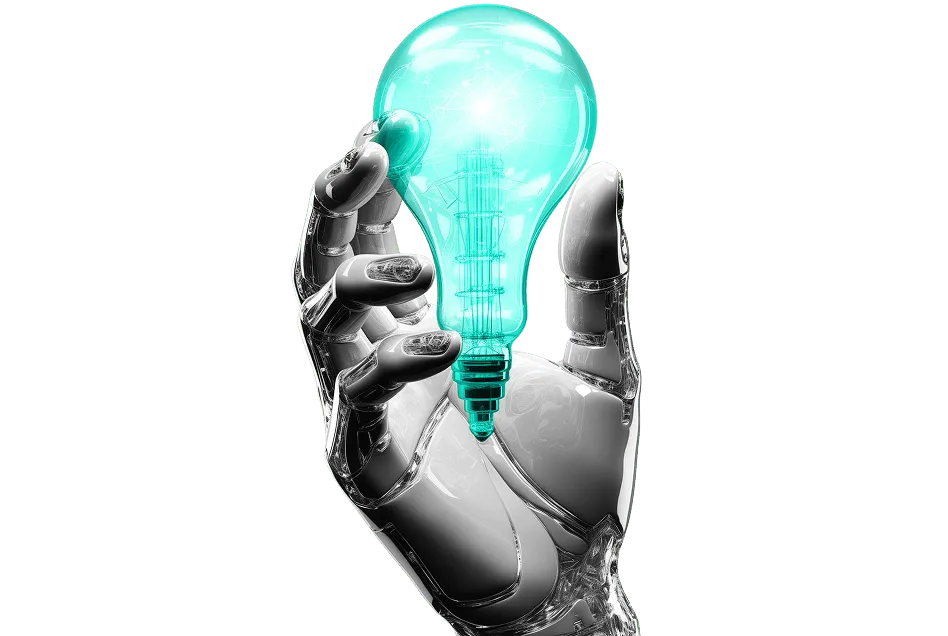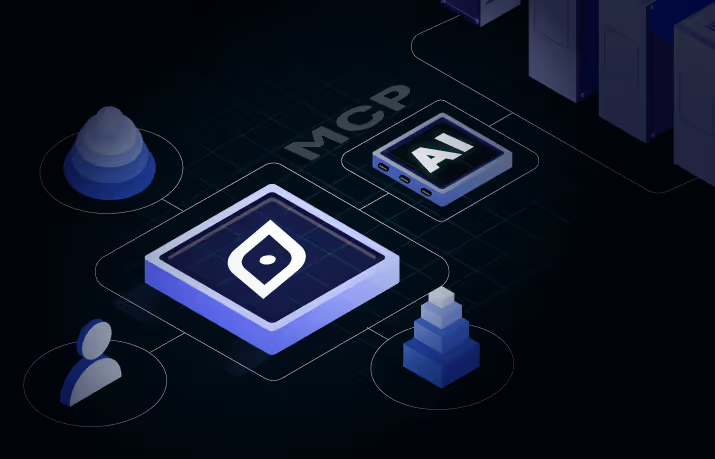Six Metrics for Optimal AI Talent Acquisition and Management
The success of an organization is dependent on AI talent acquisition and talent management in today’s business environment. So, organizations must attract and retain top talent for ongoing growth and innovation.
The success of these initiatives, however, cannot be left to chance. To evaluate the success of AI talent acquisition and talent management strategies, data-driven approaches are crucial.
Key Metrics for AI Talent Acquisition
Time-to-Fill
The time between posting a job opportunity and employing a candidate is referred to as the ‘time-to-fill.’
AI talent acquisition can help decrease time-to-fill, as prolonged hiring procedures may lead to lost opportunities and higher costs.
Organizations can evaluate their effectiveness in finding and securing the right talent by tracking this metric.
Cost per Hire
The cost-per-hire measure is a crucial sign of a company’s effectiveness in hiring.
AI talent acquisition considers all costs associated with the hiring process, including advertising, staffing firms, and interviews.
Organizations can analyze the return on investment for each recruitment channel and manage their recruitment budget by determining the cost per hire.
Candidate Quality
Assessing the caliber of candidates chosen is important to fill roles promptly and cost-effectively.
Organizations must establish criteria for what qualifies as candidate quality and create tools for evaluating it impartially.
AI talent acquisition can support this by helping identify qualified employees who align with the company’s values and culture, positively impacting team dynamics, productivity, and overall performance.
Offer-Acceptance Rate
The ratio of job offers accepted to those rejected reveals a lot about the efficiency of your staff.
While some refusals are due to factors beyond your control, others result from cultural, pay, or job duties mismatches that AI talent acquisition can help identify early. Understanding a candidate’s motives, pay expectations, job scope, and cultural fit early in the process enables more informed decisions, and improves your offer acceptance rate.
Key Metrics for Talent Management
Employee Turnover Rate
Employee turnover rate gauges the proportion of workers who depart a company during a given time frame.
High turnover rates may be a sign of deeper problems with the company, such as ineffective management or terrible working conditions.
Monitoring and evaluating turnover rates enable the development of employee engagement and talent management initiatives.
Employee Engagement
Employee dedication and excitement toward their work and the organization are measured by employee engagement.
Employees who are engaged are more likely to be creative and imaginative as well as less inclined to look for alternative work.
While AI talent acquisition helps bring in the right candidates, implementing routine employee engagement surveys and acting on the input obtained can greatly enhance team morale and retention rates.
Align Metrics with Organizational Goals
Organizations must connect these indicators with their goals and objectives to get value.
AI Talent acquisition and management teams can select pertinent indicators that help them directly achieve the company’s strategic priorities aligned with the vision, mission, and goals.
Organizations are better able to assess their success and growth by setting target benchmarks for each statistic.
Data collection and analysis
The foundation of an effective application of talent metrics is accurate and trustworthy data collecting. Organizations can gather pertinent information for each indicator by using a combination of technology, surveys, and feedback channels.
Effective data analysis enables HR professionals to address talent concerns early on by delivering valuable insights and informed decision-making.
Integrate metrics into talent strategies
Talent metrics must be incorporated into the overall AI talent acquisition and talent management plans; simple data gathering and analysis are insufficient.
The use of a data-driven strategy in performance management and recruitment enables HR professionals to make data-supported decisions, producing better talent outcomes.
Best practices for utilizing talent metrics:
- Talent metrics should be regularly monitored and reported to track improvement.
- Using benchmarking against competitors in the same industry to analyze competitiveness and pinpoint development opportunities.
- Seeking feedback from potential applicants, employees, and managers to obtain a better understanding and quickly address issues.
Conclusion
Organizations may enhance their AI talent acquisition strategies, entice top talent, and develop a motivated and engaged workforce that fuels sustained success by adopting data-driven approaches and utilizing the five essential indicators described in this article.
Talent intelligence platforms like Draup can lower AI talent acquisition costs and enhance recruiting tactics for banks. Banks may get insightful information and engage top prospects with the use of powerful data analytics and AI.
It offers precise data sets, properly processed data, and data points with specialized reports and insights to help you identify the ideal candidate for your business requirement.










.svg)
















.svg)





.svg)





.svg)
